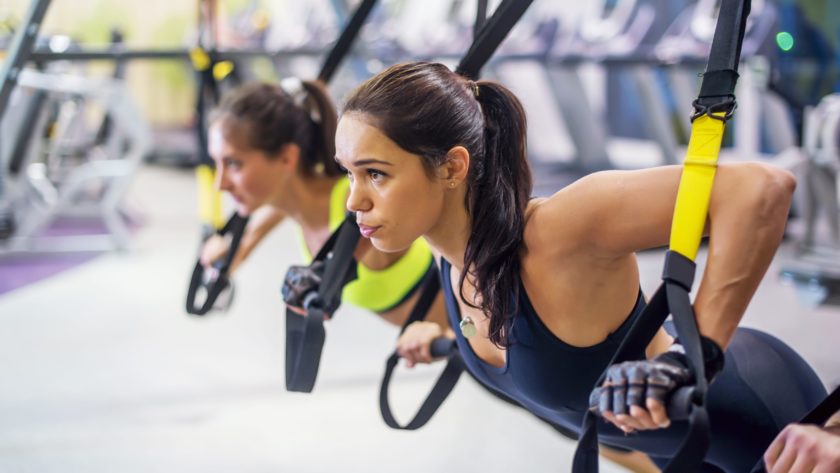If you were to ask how you could quickly reverse the aging process, I would suggest you start by developing your “core”. Your core spans bones, joints, and some 29 muscles in your abdomen, back, buttocks, sides, and hips/pelvis. Weak, tight or unbalanced core muscles can affect your ability to move, work, function independently and enjoy physical activities.
The major core muscles to strengthen are your:
- Abdominals – Stabilize your core, twist your trunk, and allow you to bend forward at the waist and to each side.
- Back – Stabilize your core and allow you to straighten up, bend backward, forward, and to each side.
- Hip Adductors – Pull your thigh towards the midline of your body.
- Hip Flexors or “Iliopsoas” – Stabilize/rotate your pelvis, stabilize your body when you stand, and allow you to bend at the waist and hike up each leg.
- Gluteals or “glutes”(a.k.a. your rear end) – Extend/rotate your hip, rotate/abduct your thigh. (Abductors push your thigh away from the midline of your body.)
Why You Need a Strong, Stable Core:
- Makes it possible to stand upright and move on two feet, which enhances your balance and stability.
- Is essential to sit and move (e.g., walk, jump, dance, and run).
- Helps prevent falls.
- Distributes the stresses of weight bearing, which protects your back and reduces back pain.
- Improves athletic performance. (Powerful, rapid muscle contractions start from the center of your body out.)
- Improves posture.
- Enhances arm and leg function, which helps build powerful arms and legs.
Activities of Daily Living (ADLs)
Basic everyday tasks call on your core to do the following, such as:
- Bend to put on your shoes
- Pick up an item off the floor
- Turn to look behind you
- Walk up/down stairs
- Mow the lawn or work in the garden
- Sit in a chair and get up from a chair
- Stand still
- Reach overhead
- Vacuum, mop or dust
- Bathe or shower
Strengthening Your Core
Core exercises don’t require special equipment or access to a gym. You can even do them in your office, but PROPER FORM is essential to targeting the right muscles and preventing injury.
If you’re a beginner, deconditioned or have orthopedic limitations, seek the advice of an exercise physiologist to provide modified versions of dynamic core training exercises and to ensure proper body mechanics.
For the more advanced, add resistance (weights) to each exercise. Some classic core exercises include lunges, squats, and overhead presses, which are three of the nine fundamental human movement patterns.
![]() Karen’s Fit Tip: Think of your core muscles as the sturdy link between your upper and lower body. But remember it’s not all about strengthening your abs, such as doing hundreds of sit-ups*, or you’ll end up with a weak back.
Karen’s Fit Tip: Think of your core muscles as the sturdy link between your upper and lower body. But remember it’s not all about strengthening your abs, such as doing hundreds of sit-ups*, or you’ll end up with a weak back.
A healthy body is a ‘balanced’ body. If you work on abs, you need to strengthen opposing muscles, or you set yourself up for injury. A sound core program works ALL core muscles.
*Never do sit-ups. Sit-ups flex the spine causing compression of the intervertebral discs. In other words, you’ll end up with chronic neck/back pain and injury.

